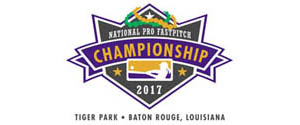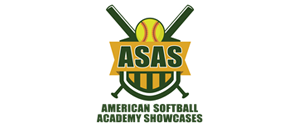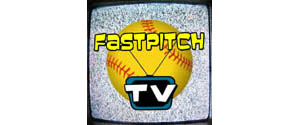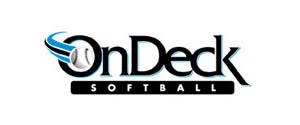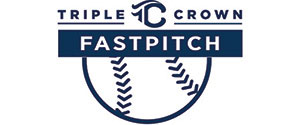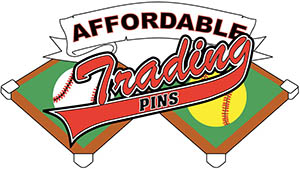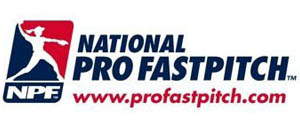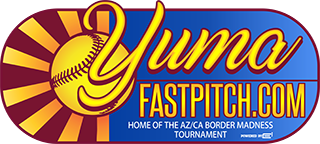Hancock's original game of indoor baseball quickly caught on in popularity, becoming international with the formation of a league in Toronto. That year, 1897, was also the premiere publication of the Indoor Baseball Guide. This was the first nationally distributed publication on the new game and it lasted a decade. In the spring of 1888, Hancock's game moved outdoors. It was played on a small diamond and called indoor-outdoor. Due to the sport's mass appeal, Hancock published his first set of indoor-outdoor rules in 1889.
While Chicago was definitely softball's birthplace, the game saw some modification in Minneapolis. The year was 1895 when Lewis Rober, Sr., (a fire department officer) needed an activity to keep his men occupied and in shape during their free time. He created his game to fit the confines of a vacant lot next to the firehouse and the result was instantly appealing. Surprisingly, Rober was probably not familiar with Hancock's version of the sport because it was still concentrated in Chicago at that time. The following year, 1896, Rober was moved to a new unit with a new team to manage. In honor of this group's name, the Kittens, the game was termed Kitten League Ball in 1900. The name was later shortened to kitten ball.
In order to reach the Olympics, the women's sport of softball obviously had to grow greatly from its beginnings. The first women's softball team was formed in 1895 at Chicago's West Division High School. They did not obtain a coach for competitive play until 1899 and it was difficult to create interest among fans. However, only five years later, more attention was given to the women's game. The Spalding Indoor Baseball Guide 1904 issue fueled this attention by devoting a large section of the guide to the game of women's softball.
The Chicago National Tournament in 1933 also advanced the sport. At this competition, the male and female champions were honored equally. The International Softball World Championships in 1965 developed women's softball by making it an international game, a step towards the Pan-American Games and the Olympics. Eleven years later, women softball players were given the closest equivalent to Major League Baseball with the 1976 formation of the International Women's Professional Softball League. Player contracts ranged from $1,000 to $3,000 per year, but the leage disbanded in 1980 because of financial ruin. Vicki Schneider, a St. Louis Softball Hall of Famer and former professional player, recalls this league as being the high point of her career (Schneider).
The popularity of women's fastpitch softball has grown steadily since the professional league's end in 1980. In fact, once again, there is another professional fastpitch league. The Amateur Softball Association reports that it "annually registers over 260,000 teams combining to form a membership of more than 4.5 million" (About the ASA). These numbers do not all apply to fastpitch, yet it is consistently growing along with slowpitch. Vicki Schneider has seen a major growth in popularity and intensity for the sport since she has been involved. She says it is also very obvious that girls are consistently getting more involved and more competitive at an earlier age. Increased media coverage and the Olympics have greatly contributed to this development (Schneider). There is obviously some special appeal of fastpitch softball that has allowed it to steadily grow in popularity through the years. Through the technology of the internet, those who are currently involved in the sport were asked for their personal opinions on the mass appeal of women's fastpitch softball.






